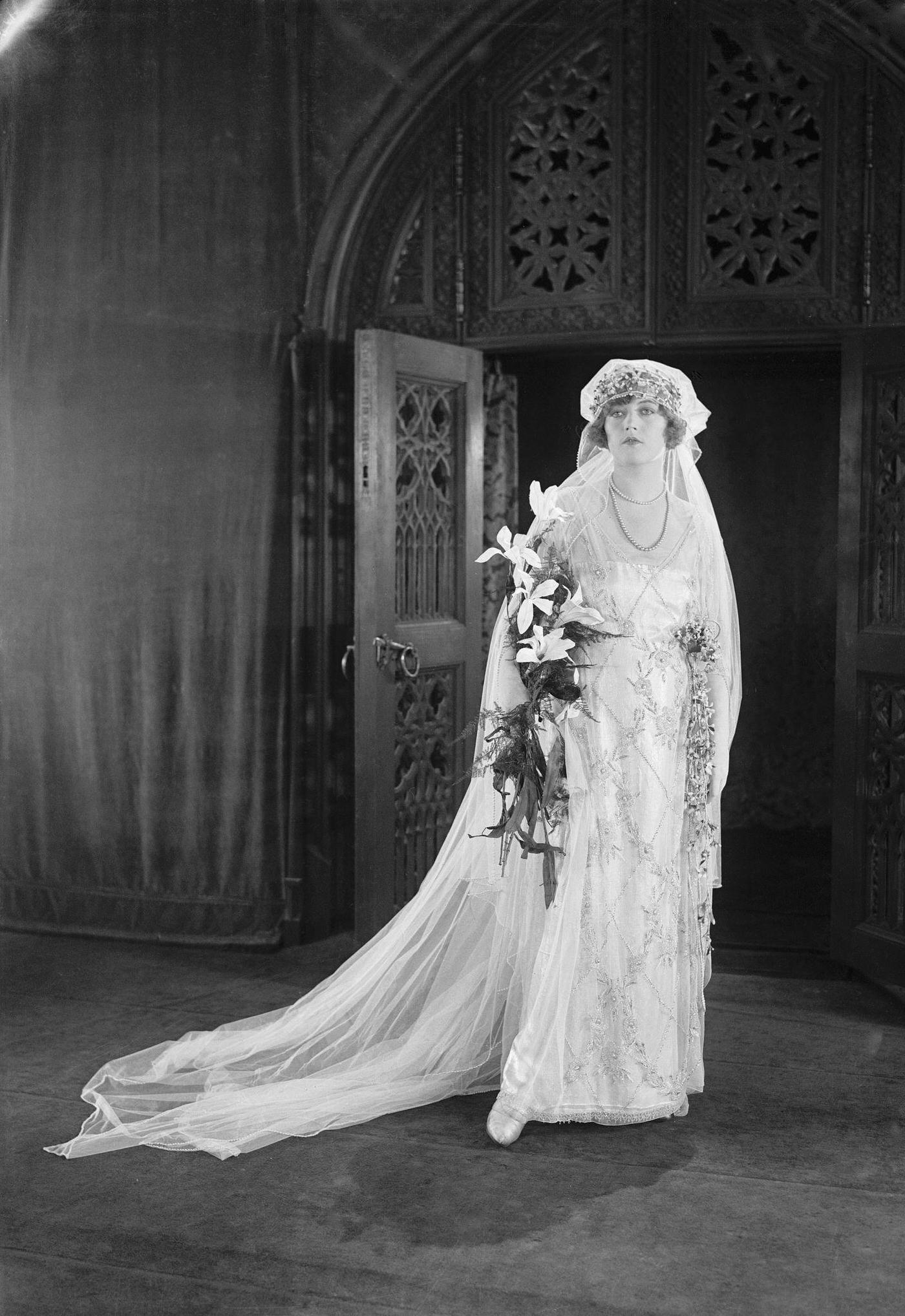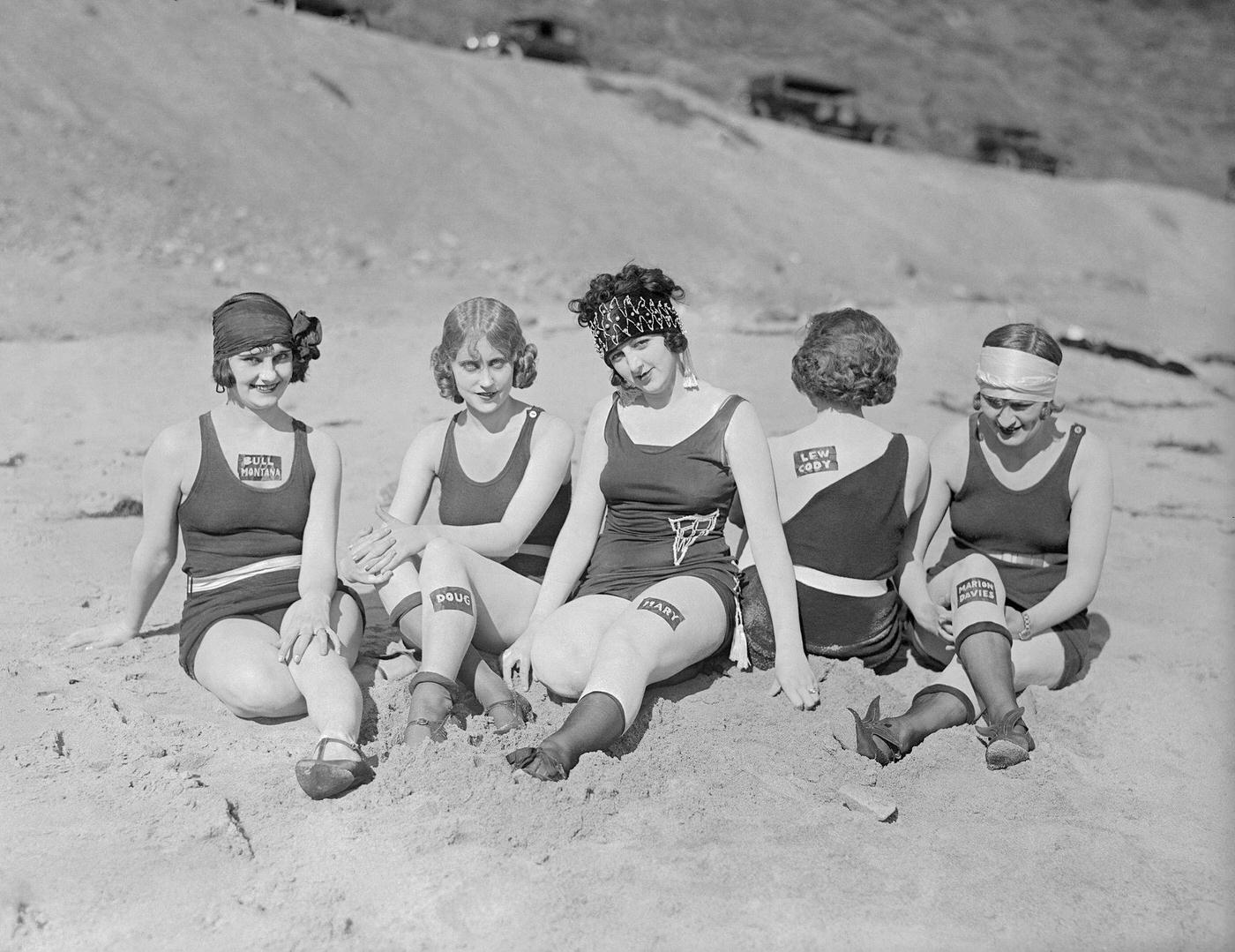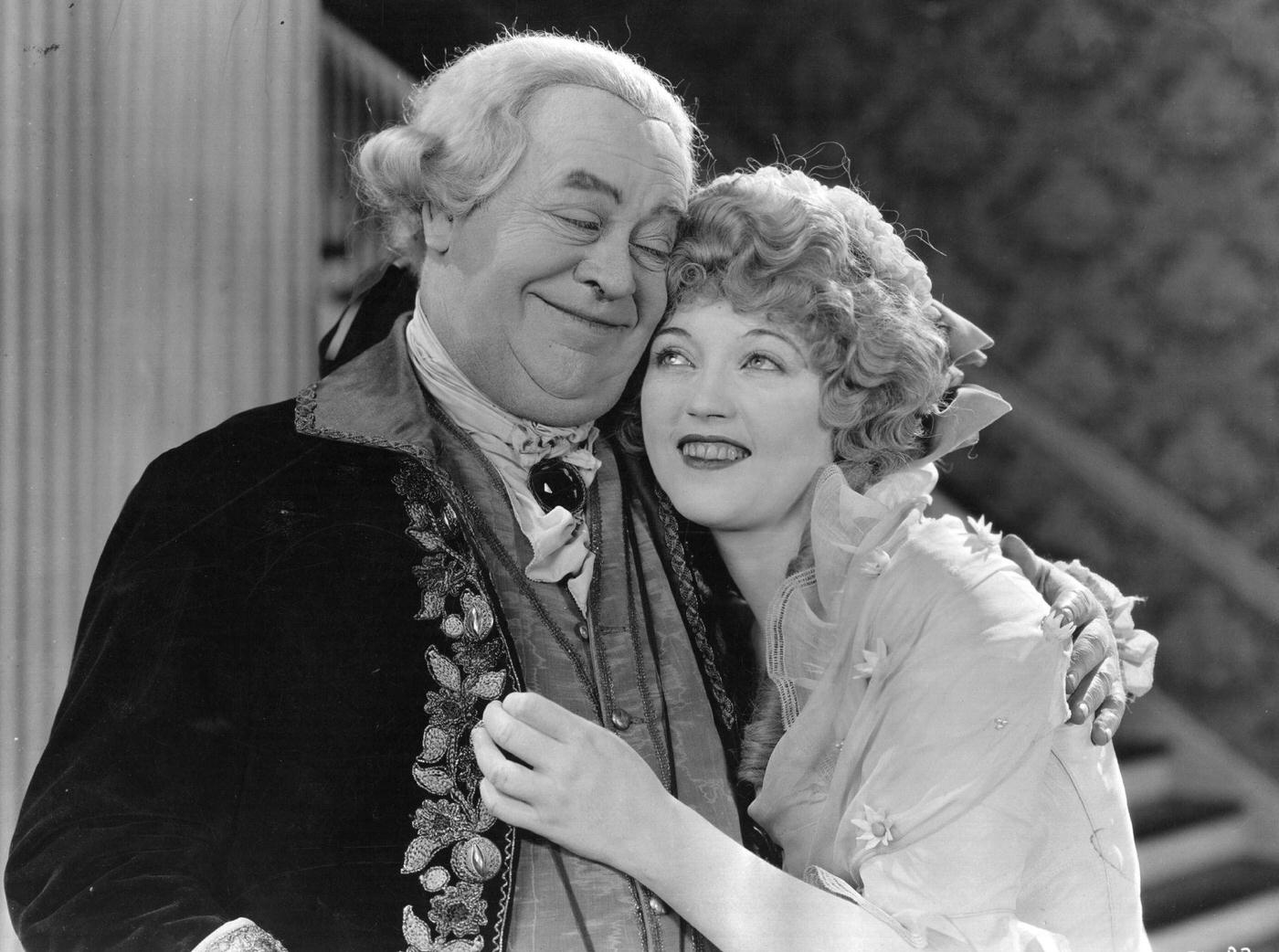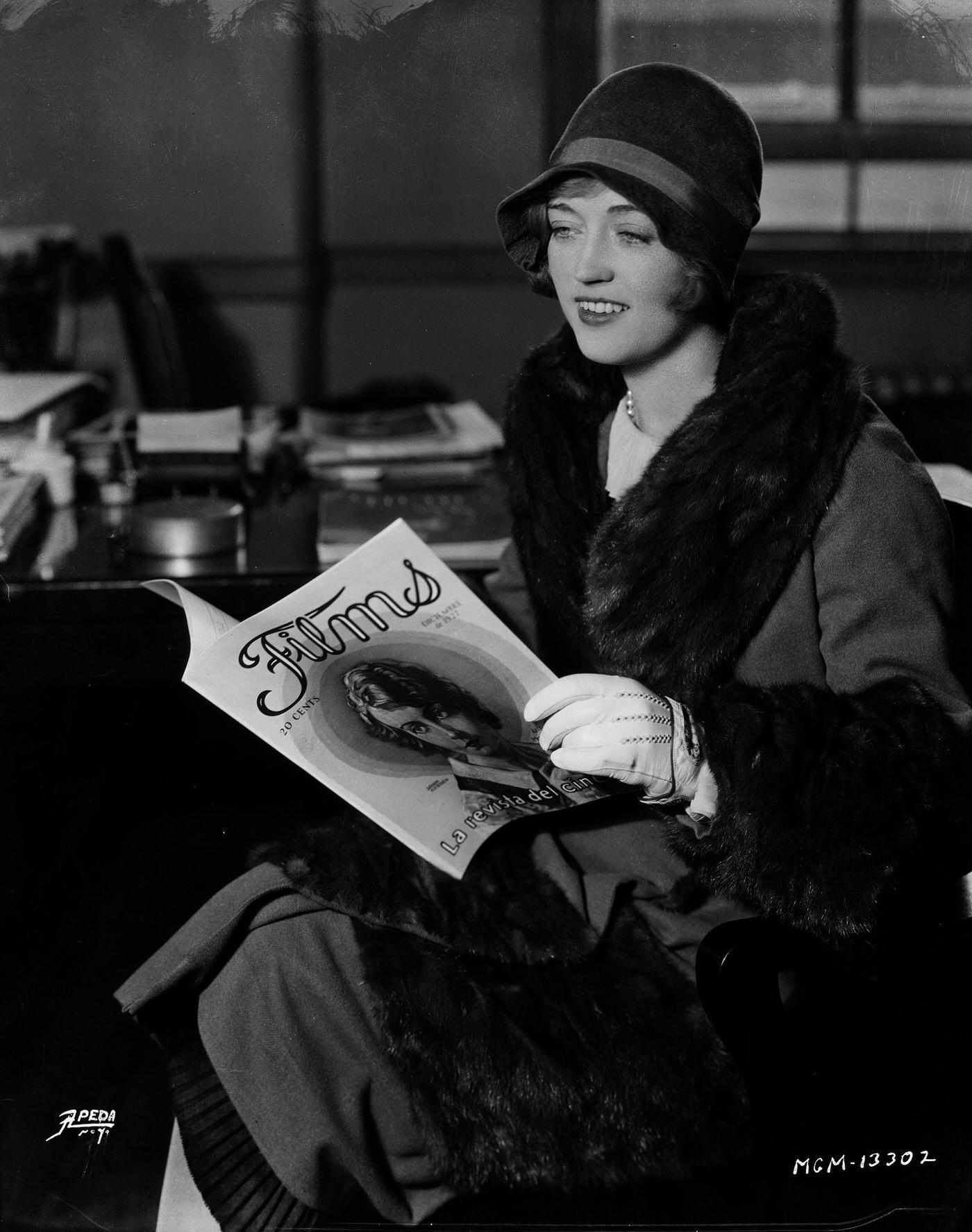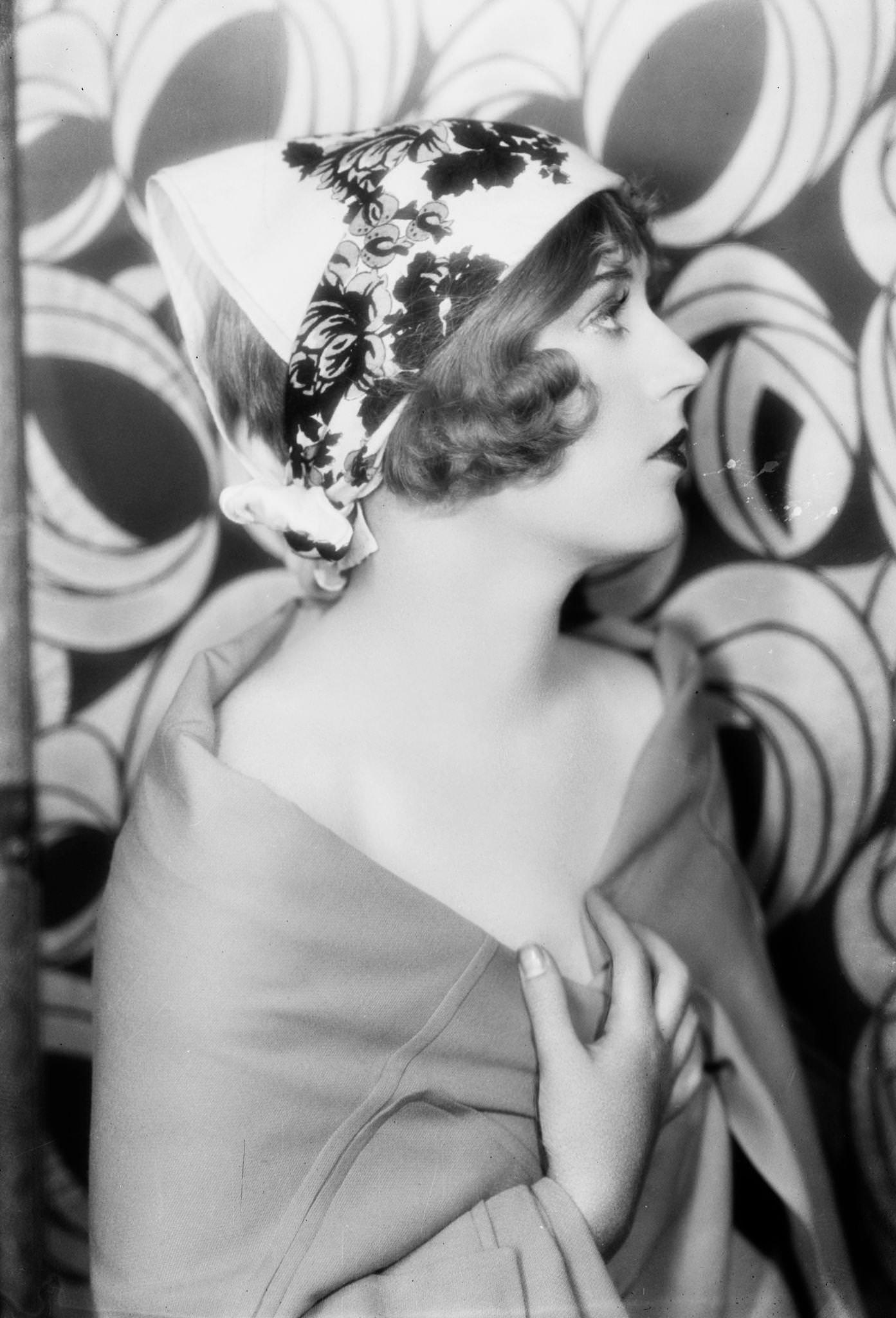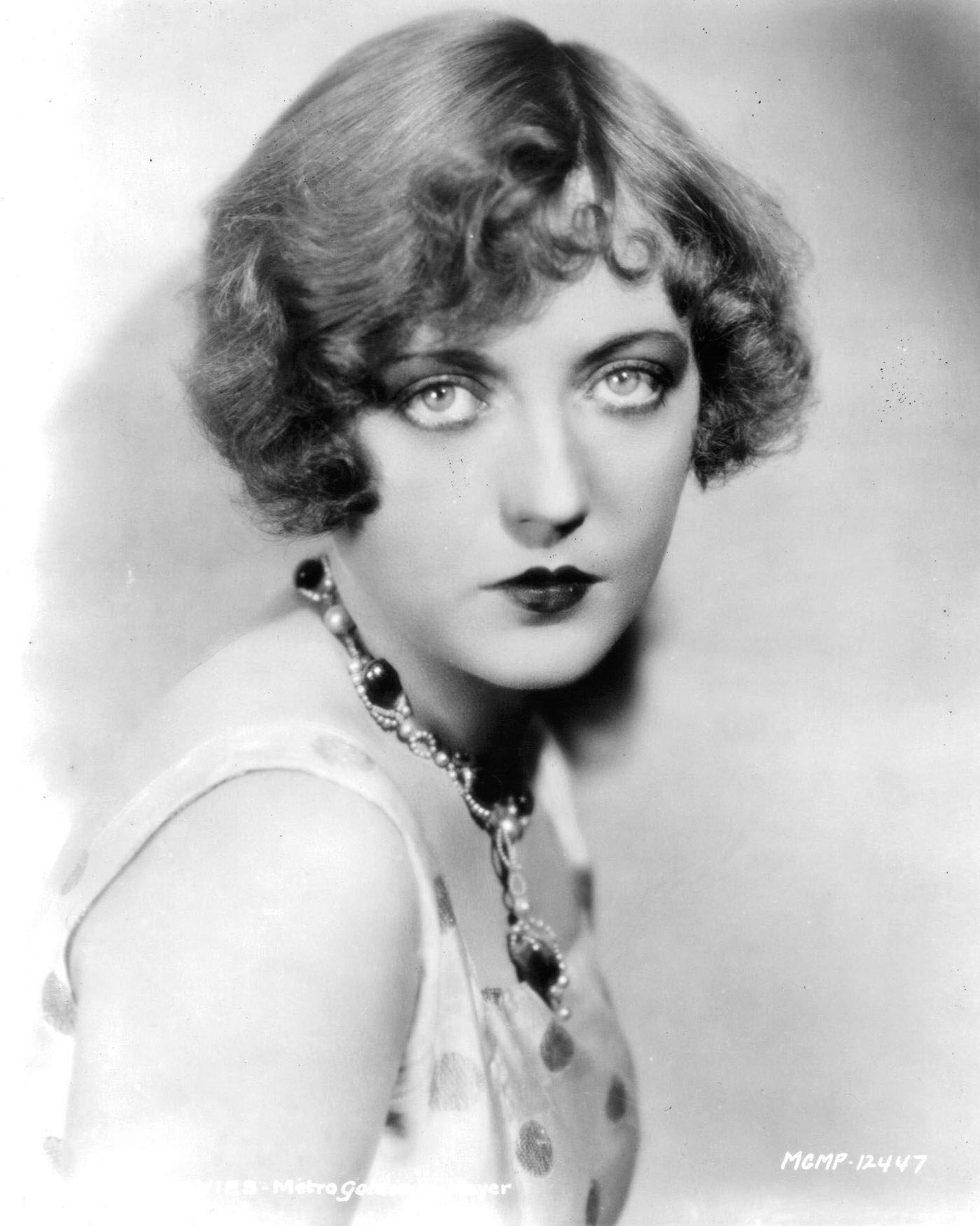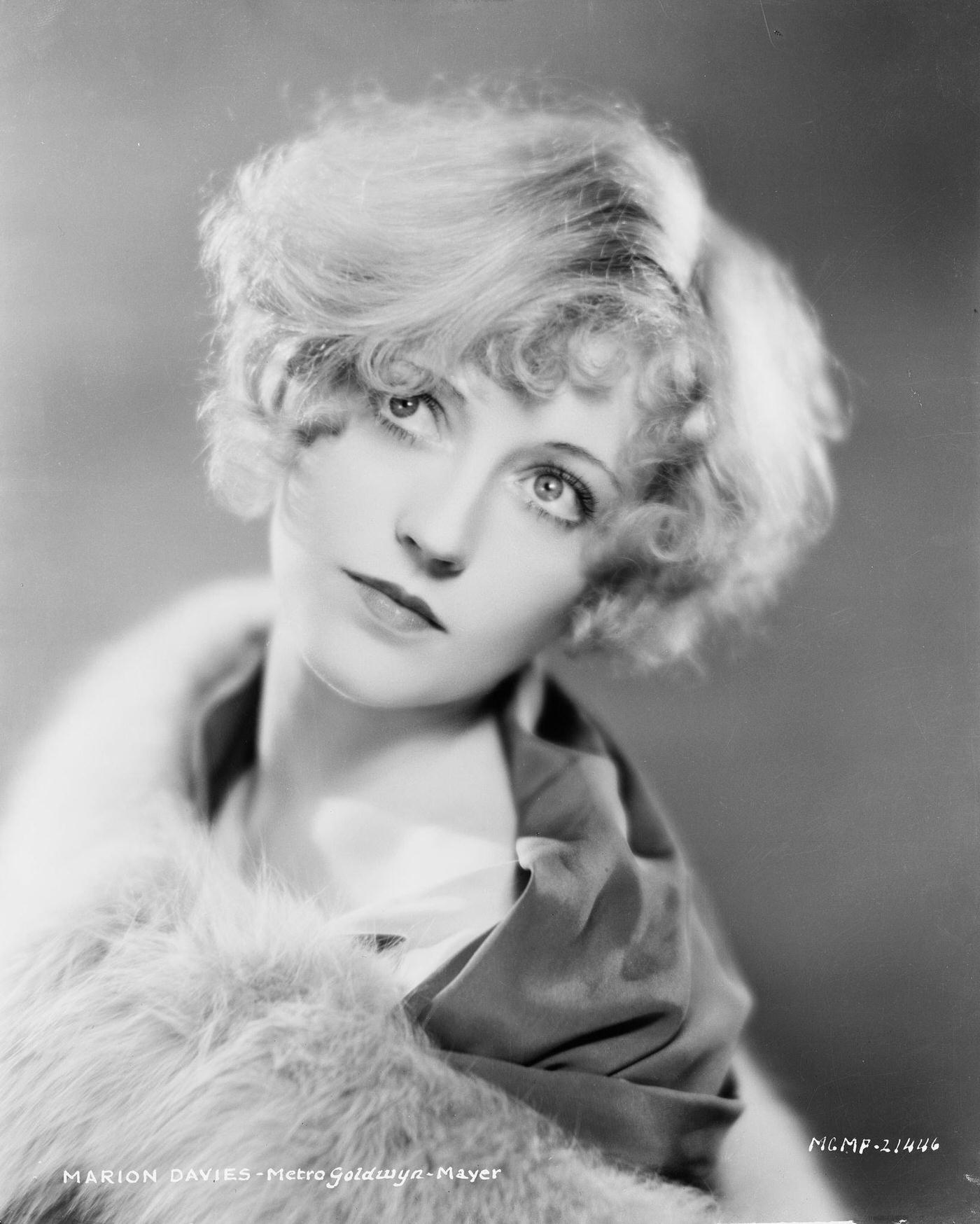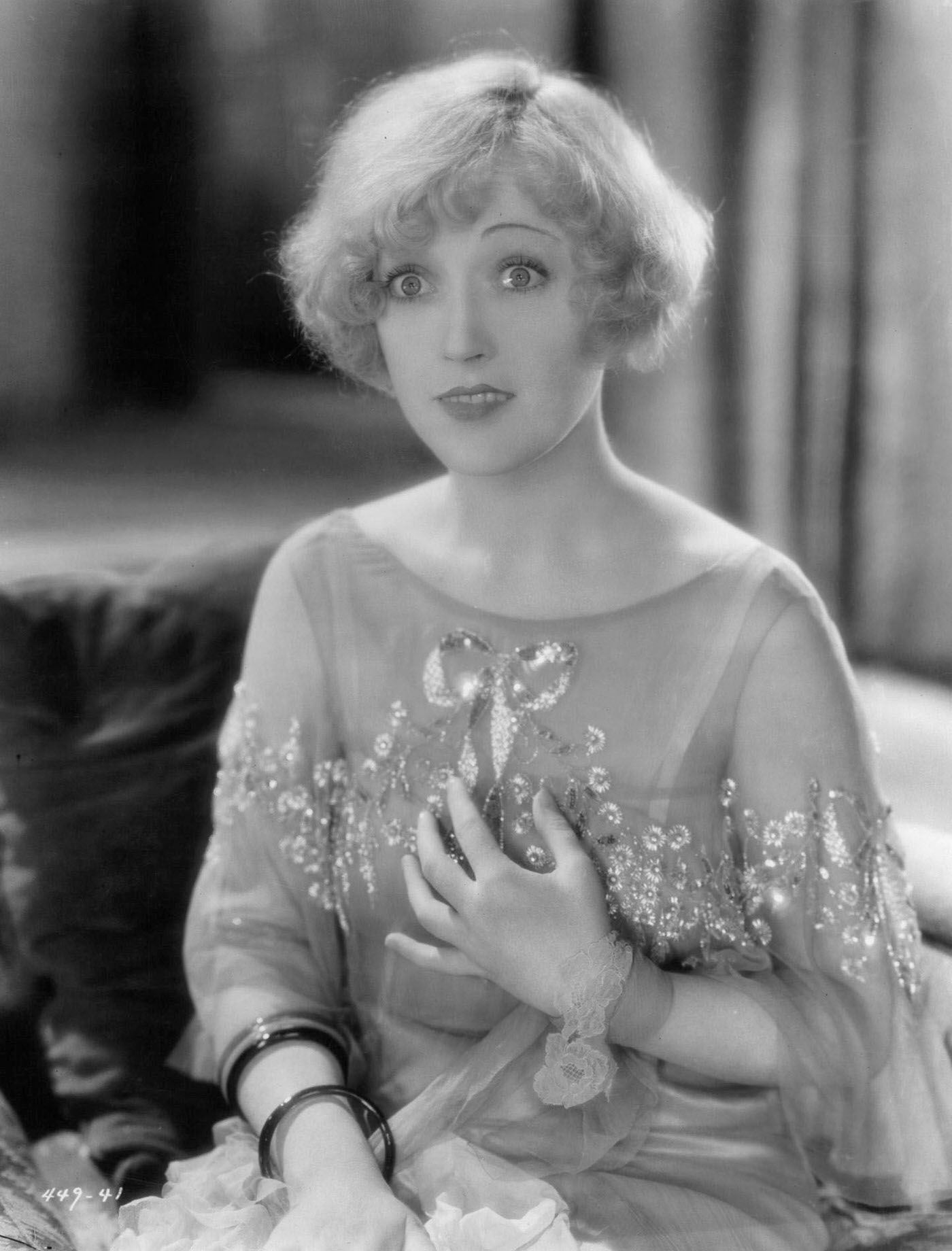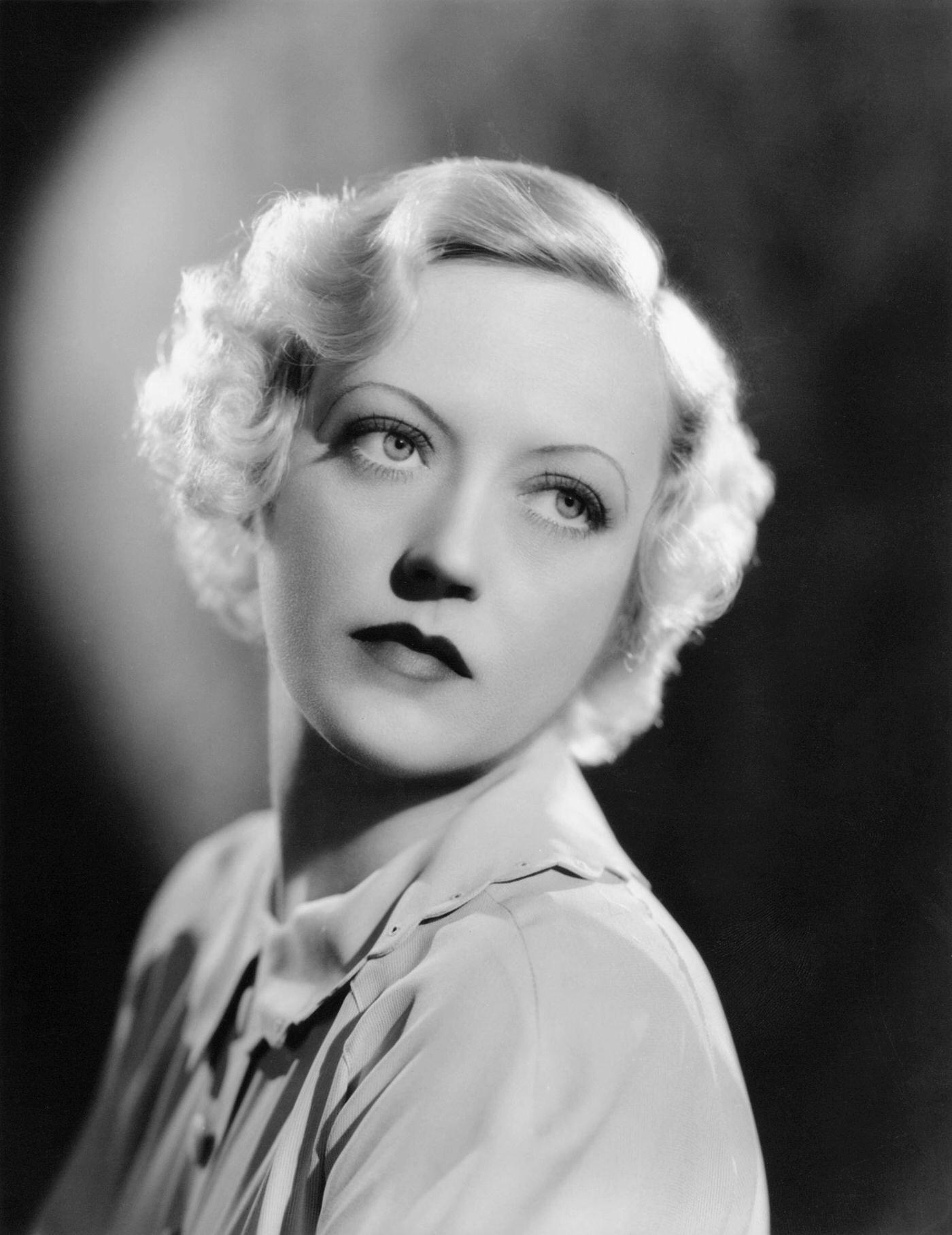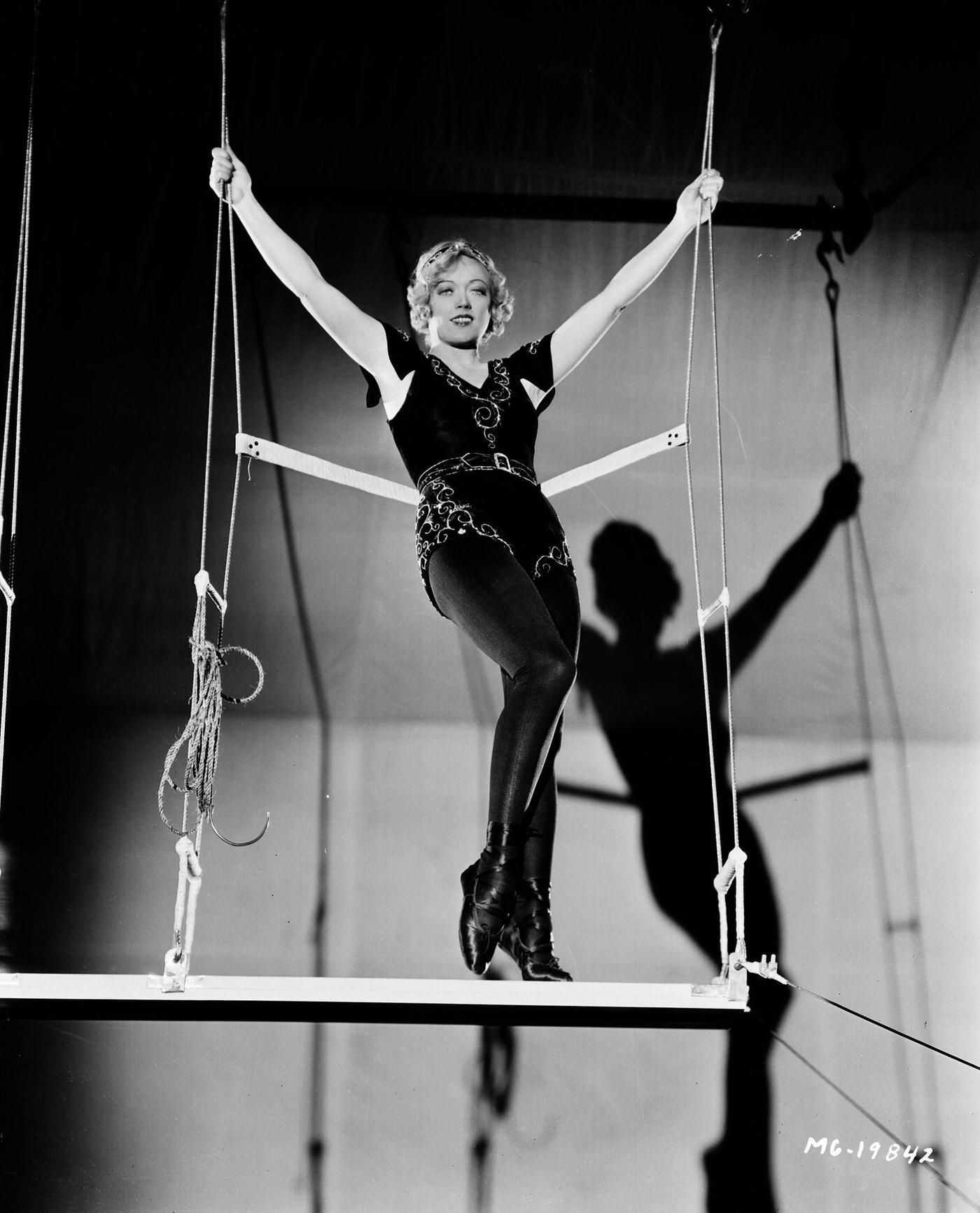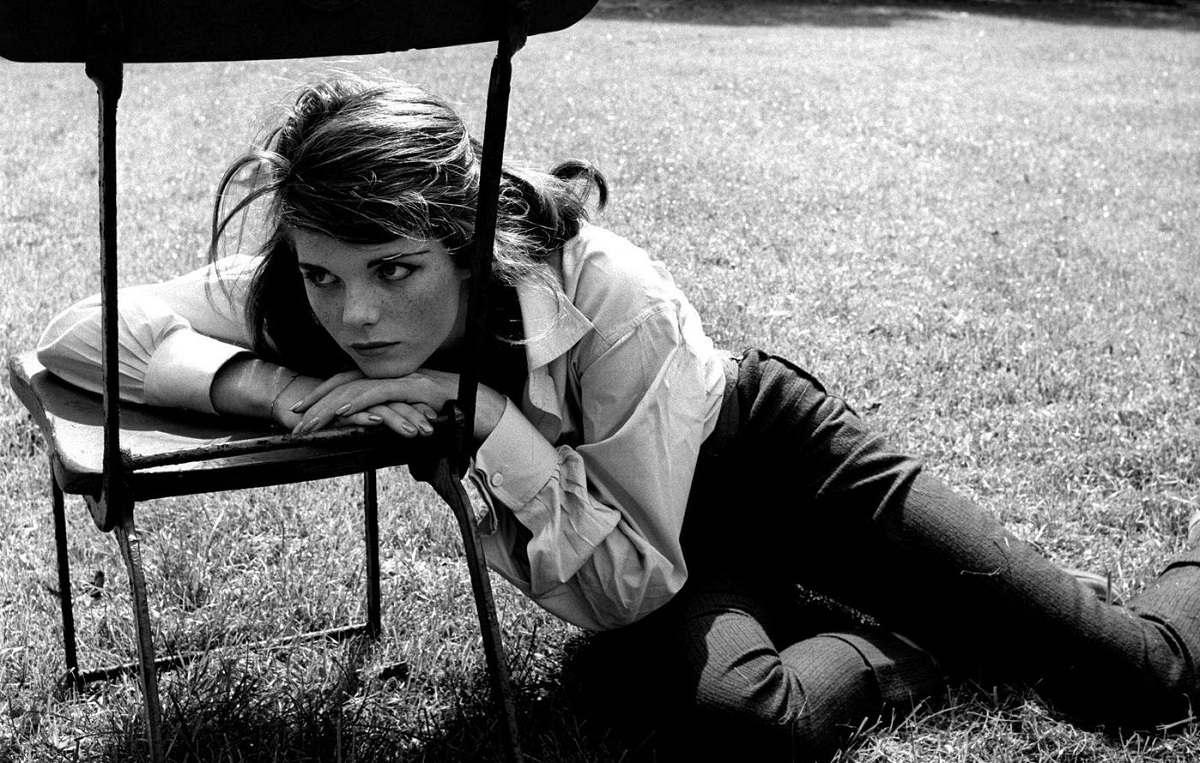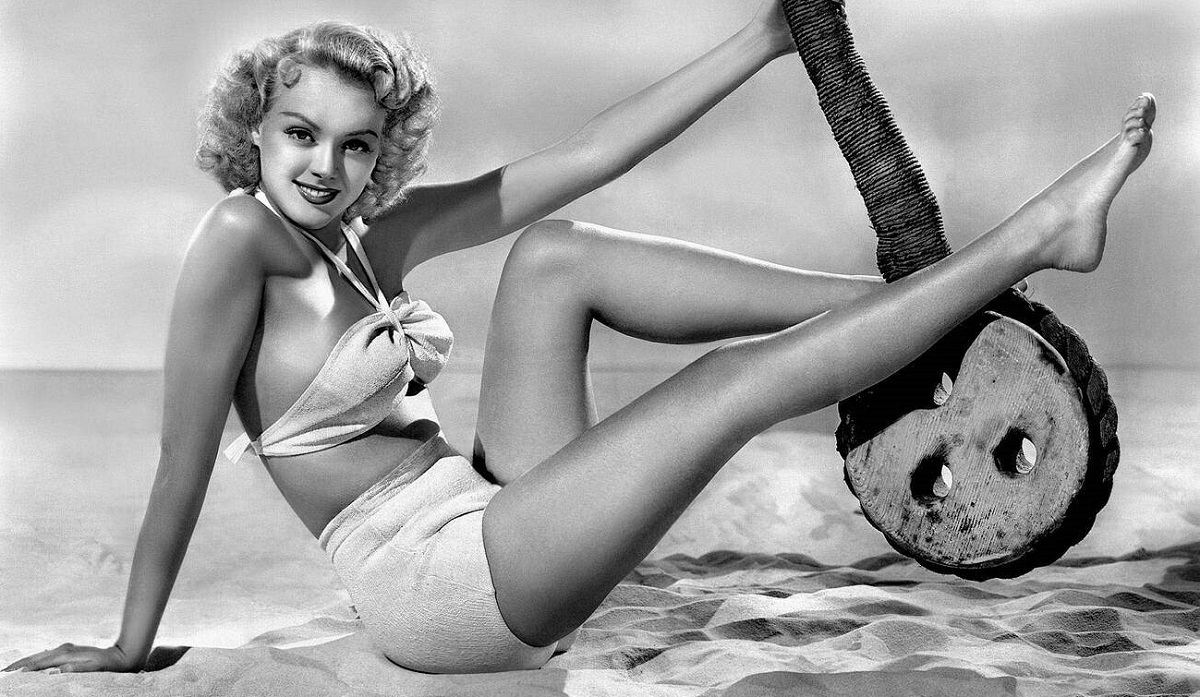Marion Davies, a talented actress and philanthropist, remains enigmatic in classic Hollywood. Often overshadowed by her long-standing relationship with the influential newspaper magnate William Randolph Hearst, Davies’ exceptional actress talent and generosity are sometimes overlooked. This post explores the life and career of Marion Davies, delving into her accomplishments on and off the screen and shedding light on her enduring legacy.
Early Life and the Road to Stardom
Born Marion Cecilia Douras on January 3, 1897, in Brooklyn, New York, Davies grew up in a close-knit family with her four sisters. Her father, Bernard J. Douras, was a lawyer and judge, while her mother, Rose Reilly, was a devoted homemaker. Davies’ foray into the entertainment industry began at a young age, with her mother’s encouragement and support.
Initially, she appeared in chorus lines in Broadway revues and modeled for illustrators and photographers. In 1916, she got her first film break with a small role in “Runaway Romany,” directed by her brother-in-law, George W. Lederer. It wasn’t until she met William Randolph Hearst, however, that her career truly began to take off.
The Hearst Connection and Career Highlights
Hearst, smitten by Davies’ beauty and charisma, became her mentor, lover, and lifelong companion. Using his considerable influence, he helped launch her career by producing and promoting her films. Though their relationship undoubtedly played a significant role in her rise to fame, it’s crucial to acknowledge Davies’ talent and dedication as an actress.
Marion Davies starred in over 45 films throughout her career, showcasing her versatility and range as a performer. She excelled in both comedic and dramatic roles, earning praise from critics and audiences alike. Some of her most notable films include “When Knighthood Was in Flower” (1922), “Little Old New York” (1923), “Janice Meredith” (1924), “The Patsy” (1928), and “Show People” (1928).
Davies’ acting style was characterized by her naturalism, effervescence, and impeccable comedic timing. Her on-screen presence was magnetic, and she could hold her own against some of the biggest stars of the time.
Transition to Sound Films and Retirement
The advent of sound films in the late 1920s presented a challenge for many silent film actors, but Davies made the transition smoothly. She starred in several successful “talkies,” including “Marianne” (1929), “Not So Dumb” (1930), and “Going Hollywood” (1933). Her final film, “Ever Since Eve” (1937), marked her retirement from acting at the age of 40.
Although Davies’ acting career came to an end, she remained involved in Hollywood and continued to support the industry that had given her so much. She turned her focus to philanthropy, becoming an influential patron of the arts and a generous supporter of various causes.
Philanthropy and Legacy
Marion Davies was known for her kind-hearted nature and generosity. She used her wealth to make a difference in the lives of others, contributing to various causes and charities throughout her life. She was particularly passionate about supporting children’s causes and providing opportunities for aspiring actors.
During World War II, Davies actively supported the war effort and was involved in fundraising for the Hollywood Canteen, a club that provided food and entertainment to servicemen. Later, she donated her Santa Monica beach house to the State of California, transforming the property into a public beach.
Marion Davies death
Davies passed away on September 22, 1961, at the age of 64 due to complications from cancer. Her death was mourned by many in the film industry and beyond, who recognized her talent and contributions to the arts. Marion Davies’ funeral was held on September 26, 1961, at the Immaculate Heart of Mary Catholic Church in Hollywood, California. The service was attended by many prominent figures in the entertainment industry, including actors and producers who had worked with Davies throughout her career.
Davies was laid to rest at the Hollywood Forever Cemetery in Los Angeles, alongside other notable figures in the film industry such as Rudolph Valentino and Cecil B. DeMille. Her grave is marked with a simple headstone that bears her name and the dates of her birth and death.
Here are some gorgeous photos of Marion Davies from her career and life.



